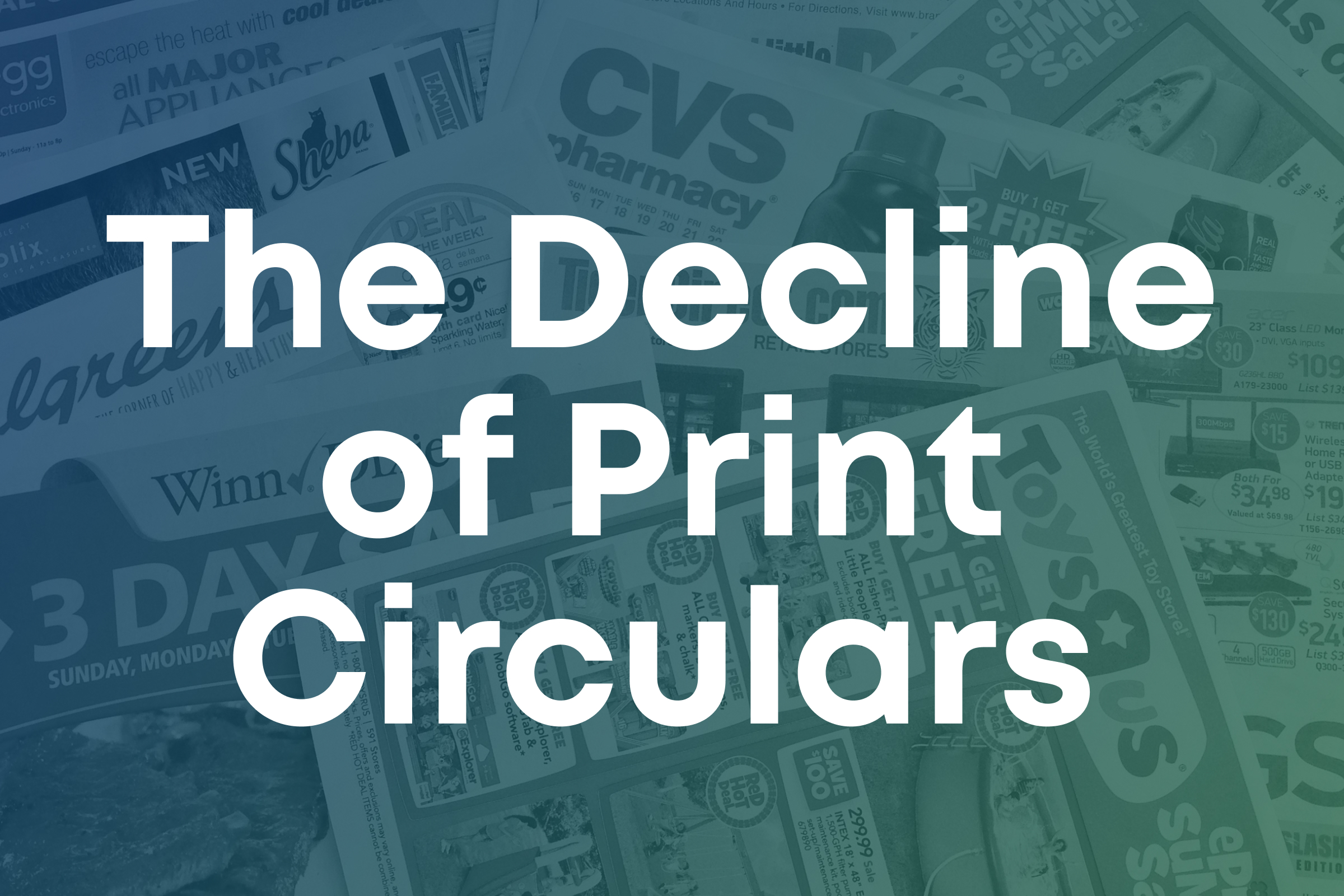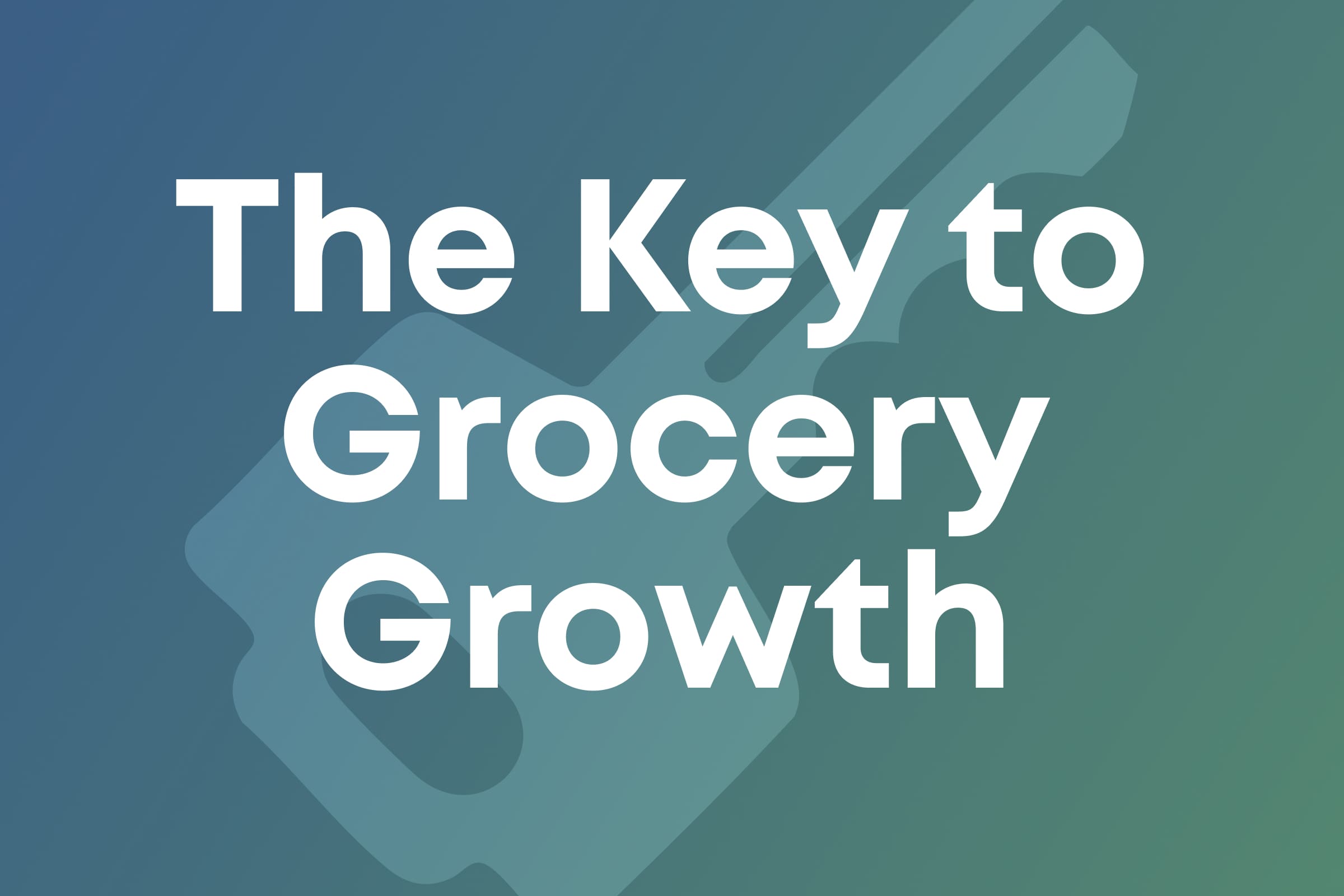Go Omnichannel or Go Home
Sean Turner
In a few short years, omnichannel moved from “a strategy that only Fortune 500 enterprises employ” to an “essential survival tool” for small and mid-sized retailers. To expand services and maintain digital retail loyalty, 48% of independent businesses added new social media platforms and mobile apps during the pandemic. Although maintaining multiple customer touchpoints was critical during shutdowns and social distancing—the omnichannel approach has become more an emergent expectation for convenience that has become a significant driver of retail growth.

Benefits of Embracing Omnichannel Retail
While it may seem easy to focus on one silo at a time—printing paper circulars for your brick-and-mortar stores or running an email campaign to sell products online—this limited scope doesn’t reflect the modern reality of how consumers shop. By embracing omnichannel retail strategies, retailers create a plethora of brand-reinforcing moments that contribute to long-term growth.
Omnichannel advantage allows retailers to:
- Drive higher sales and traffic: Digital touchpoints affect 49 to 58% of all retail sales. Shoppers who use digital channels are 23% more likely to visit a physical store, spending on average 4% more in store and 10% more online.
- Own the digital customer journey: While last mile delivery partnerships kept stores alive early in the pandemic, retailers now find themselves dependent on third-party data that may not be complete or accurate. Moves to diversify turn partners into competitors. An in-house e-commerce platform offers a way to capture and monetize data.
- Improve customer experience: Shoppers are now habituated to using a variety of personalized touchpoints to aid their purchase decisions. An e-commerce platform enhances the experience by allowing customers to seamlessly share on social media, purchase online, search inventory, view ads, and receive personalized offers.
- Build loyalty and value: Satisfied customers stick with retailers who provide them with convenient purchasing opportunities. If a shopper can’t find an item in-store, they’ll use the retailer’s mobile app to find the product at another location or purchase online and ship-to-home—rather than buying from a competitor. Providing an omnichannel experience is an affordable way to grow a business, as it’s 5x cheaper to retain than to recruit. What’s more, omnichannel marketing increases purchase frequency, basket sizes, and referrals—which can increase profits by 25 to 95%.
What’s At Stake?
Customers have more choice today than ever before—and they’re going to give their loyal business to the retailers that understand their needs best. With Baby Boomers using smartphones as much as Millennials, there’s no doubt retailers need to keep pace with demands for technology-fueled convenience. In other words, they must “go omnichannel—or go home!”
Here’s what retailers who fail to develop omnichannel e-commerce platforms risk:
- Loss of growth: The omnichannel retail market is forecasted to grow from $5.8 billion in 2020 to $16.9 billion in 2027. By that time, US online retail spending is expected to reach $1.6 trillion. Analysts expect key retail drivers—lower prices, increased selection, faster delivery, and transaction convenience—to continue impacting sales.
- Customer loyalty: Loyalty is far from a given, as 75% of consumers tried new shopping methods and 36% of consumers tried new brands during the pandemic. In 2020, online retail sales grew at more than double the growth rate of 2019. Yet, when stores reopened in 2021, offline retail sales grew 14%, hitting a 25-year high. Consumer behavior indicates strong preference for omnichannel shopping, dependent on Inflationary price increases, inventory issues, and shopping channel convenience.
- Ability to compete: More than 200,000 seemingly thriving businesses closed permanently during the first year of the pandemic. Many retailers failed to adapt to changing consumer behavior and simply went under. With 61% of surveyed retailers investing in their omnichannel fulfillment ecosystems, competition will only increase.
Omnichannel Solutions for Every Budget
Although big box retailers have a head start, smaller brick-and-mortar retailers can still compete. Ultimately, key partnerships and e-commerce platform technology are the critical tools retailers need to leverage their omnichannel strategies and future-proof their businesses. Contact Swiftly to get started.




